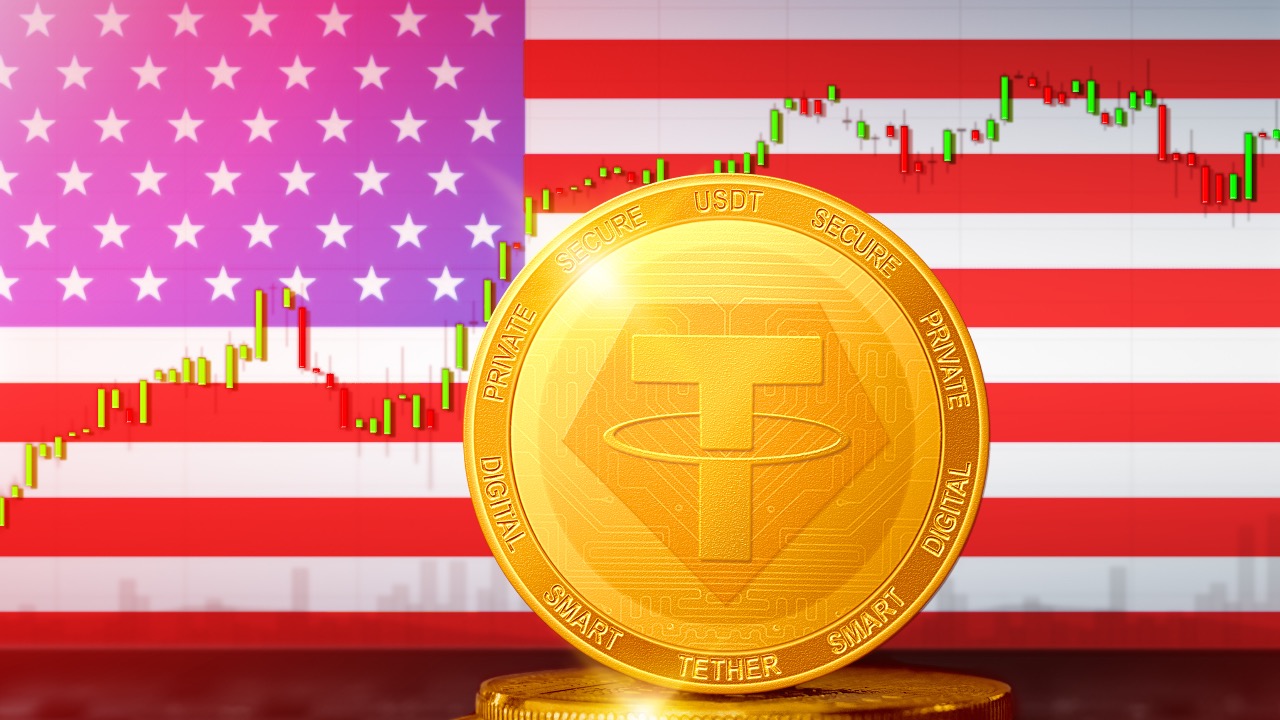A consortium of four US banks is creating a new stablecoin to allay concerns and is also looking for allies.
A group of US banks have plans to jointly launch a major stablecoin. This is to be given the designation USDF . The aim of this initiative is, among other things, to dispel the doubts that are raised about the reserves of other stablecoins with their own stablecoin. The founding members of the USDF consortium include Synovus (the 48th largest bank in the US by assets according to MX Technologies), New York Community Bank (#45), FirstBank (#88), and Sterling National Bank (# .77). They are covered by the Federal Deposit Insurance Corp. (FDIC), one of the key regulators in the industry.
The consortium would also like to persuade other financial institutions to join.
USDF are minted exclusively by US banks and are exchangeable at a 1:1 ratio for cash from a consortium member bank. USDF addresses the consumer protection and regulatory concerns that exist with unbanked stablecoins and offers a more secure option for transacting on the blockchain
, the statement said.
USDF runs on public Provenance blockchain
The banks will operate the stablecoin USDF on the public Provenance blockchain. The availability of USDF on a public blockchain brings some advantages. For this reason, banks and their customers can use the stablecoin for a wide range of other applications in addition to peer-to-peer and business-to-business money transfers. These scenarios include, for example, capital call or invoice and supply chain financing.
However, the notice leaves out whether the reserves for the USDF are also backed by the FDIC. In the case of Tether in particular , there have been multiple concerns about the opaque nature of stablecoin backing.
My Top PicksHoneygain - Passive earner that pays in BTC or PayPalMandalaExchange -The Best no KYC crypto Exchange!
BetFury - Play And Earn BFG for daily Bitcoin and ETH dividends!
Pipeflare - Faucet that pays in ZCash and Matic, Games pay in DAIWomplay - Mobile dApp gaming platform that rewards in EOS and BitcoinCointiply - The #1 Crypto Earning SiteLiteCoinPay -The #1 FaucetPay earner for LitecoinUpland - Collect Digital Properties & Test Your SkillsLBRY/Odysee - YouTube Alternative that lets you earn Money by viewing videos!FaucetPay - The #1 Microwallet PlatformFREEBTC - The #1 FaucetPay earner for Satoshi'sFaucetCrypto - An earning/faucet site that pays out instantlyFireFaucet - An earning site that pays better for some than Cointiply
DogeFaucet - Dogecoin Faucet
xFaucet - BTC, ETH, LTC, Doge, Dash, Tron, DGB, BCH, BNB, ZEC, FEY - Claim every 5 minutes
Konstantinova - BTC, ETH, LTC, Doge, Dash, Tron, DGB, BCH, BNB, ZEC, USDT, FEY, 25 Claims Daily


Comments
Post a Comment